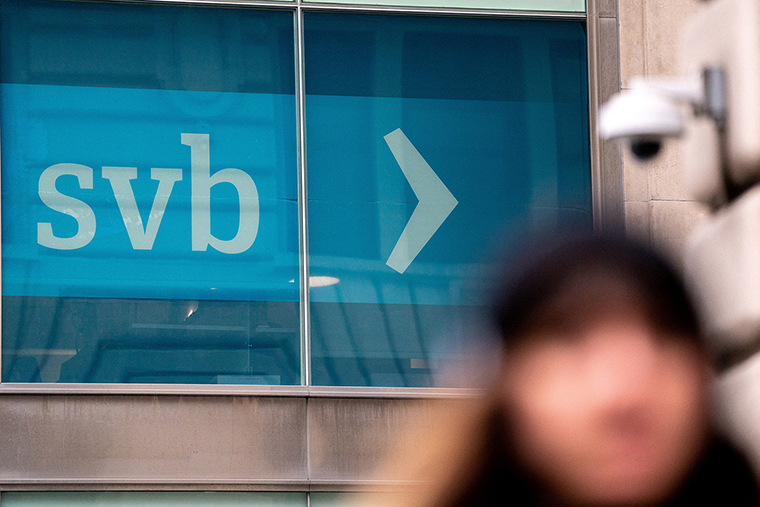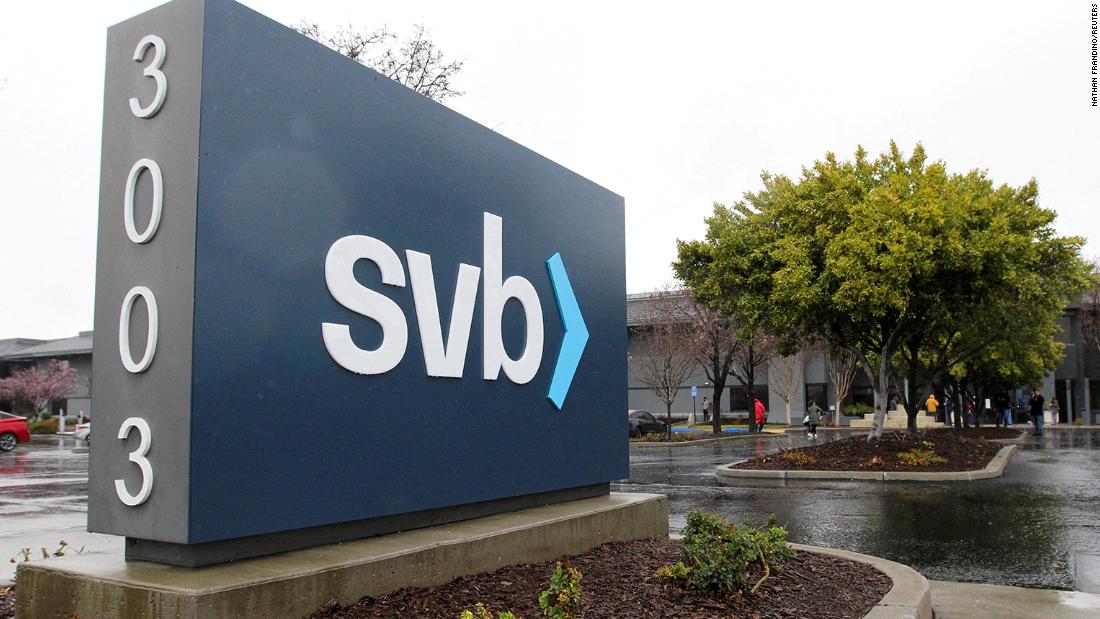
Silicon Valley Bank collapsed with astounding speed on Friday. And while the US federal government stepped in to guarantee customer deposits, its downfall continues to reverberate across global financial markets — as seen in the subsequent shutdown of Signature Bank — and investors are on edge about whether its demise could spark a broader banking meltdown.
Here’s what you need to know about the biggest US bank failure since the global financial crisis in 2008:
Why did it collapse?: The root of its demise goes back several years. Like many other banks, SVB ploughed billions into US government bonds during the era of near-zero interest rates. What seemed like a safe bet quickly came unstuck, as the Federal Reserve hiked interest rates aggressively to tame inflation.
When interest rates rise, bond prices fall, so the jump in rates eroded the value of SVB’s bond portfolio. The portfolio was yielding an average 1.79% return last week, far below the 10-year Treasury yield of around 3.9%, Reuters reported.
At the same time, the Fed’s hiking spree sent borrowing costs higher, meaning tech startups had to channel more cash towards repaying debt. At the same time, they were struggling to raise new venture capital funding. That forced companies to draw down on deposits held by SVB to fund their operations and growth.
Then the bank run: When SVB announced that it had sold a bunch of securities at a loss and would sell $2.25 billion in new shares to plug the hole in its finances, customers panicked and withdrew their money in large numbers.
The bank’s stock plummeted 60% Thursday and dragged other bank shares down with it. By Friday morning, trading in SVB shares was halted and it had abandoned efforts to raise capital or find a buyer. California regulators intervened, shutting the bank down and placing it in receivership under the Federal Deposit Insurance Corporation, which typically means liquidating the bank’s assets to pay back depositors and creditors.
In aiming to prevent further bank runs and helping companies pay staff and fund operations, US regulators said Sunday that they would guarantee all SVB customers’ deposits. The intervention does not amount to a 2008-style bailout, however, which means investors in the company’s stock and bonds will not be protected.
Will this trigger a banking crisis? There are already some signs of stress at other banks, and authorities in the US and across Europe are watching closely. Trading in First Republic Bank (FRC) and PacWest Bancorp (PACW) was temporarily halted Monday after the shares plunged 65% and 52% respectively. Charles Schwab (SCHW) stock was down 7% at 11.30 a.m. ET Monday.
In Europe, the benchmark Stoxx Europe 600 Banks index, which tracks 42 big EU and UK banks, fell 5.6% in morning trade — notching its biggest fall since last March. Shares in embattled Swiss banking giant Credit Suisse were down 9%.
SVB isn’t the only financial institution whose investments into government bonds and other assets have fallen dramatically in value. At the end of 2022, US banks were sitting on $620 billion in unrealized losses — assets that have decreased in price but haven’t been sold yet, according to the FDIC.
Another key headline: HSBC stepped in Monday to buy SVB UK for £1 ($1.2), securing the deposits of thousands of British tech companies that hold money at the lender. Had a buyer not been found, SVB UK would have been placed into insolvency by the Bank of England, leaving customers with only deposits worth up to £85,000 ($100,000) — or £170,000 ($200,000) for joint accounts — guaranteed.

